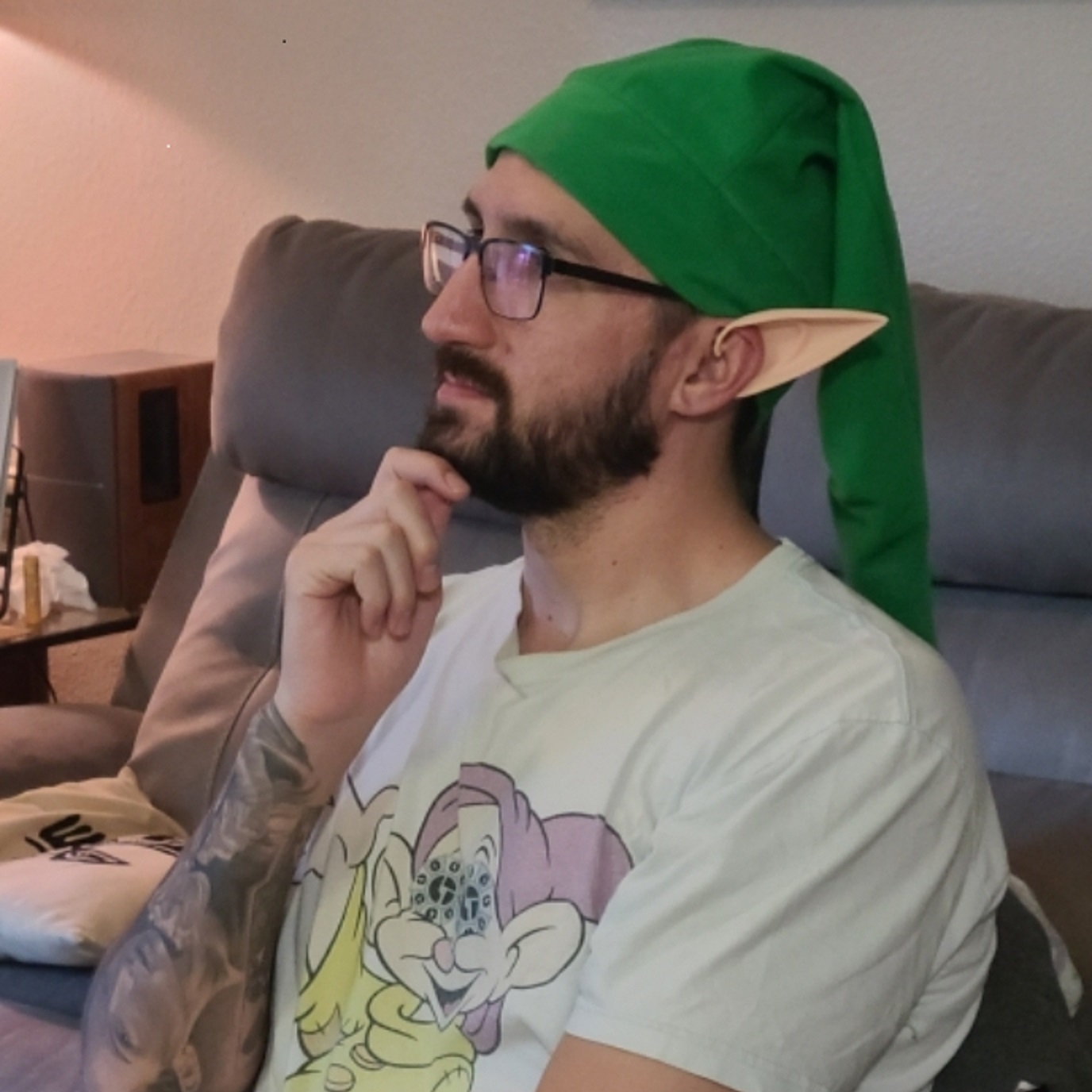Explore the Connection Between Music and Game Design in Ocarina of Time with this Analysis Video
Posted on April 05 2024 by Josh Wittmershaus
In our modern world, the music of a video game is significant, to say the least. It can bring you into a game or take you out of it. Often, it plays a fundamental role in the design and structure of a game, including the mechanics. Perhaps no other fanbase can affirm this importance more than those loyal to the Legend of Zelda series. For many, the quintessential example lies with Ocarina of Time.
A new analysis video by Liam Triforce sets out to explore how the soundtrack to Ocarina of Time, including the mechanical use of music by the player, influences the themes of the game and its overall design in a way that had previously never been accomplished.
The creator notes that, at first, music was not an integral part of video games; and while Zelda may not be the first game to begin incorporating music more actively, the series — along with Koji Kondo’s other early works, namely Super Mario Bros. — showed the possibility of using music as an element of gameplay that goes beyond sound effects.
Liam Triforce starts the video by talking about the origins of Zelda music, highlighting how music serves as an indicator of what we’re supposed to feel in a given moment. While this may be a “Well, duh” moment for some, it’s important to recognize how vital this function is in painting a full picture of the playing experience and assisting the player in fully immersing themselves in the game and its world. They point out the potential precursor to Ocarina of Time‘s use of music for a player’s actions in A Link to the Past, where playing an instrument found in the woods allows you to fast travel.
The creator then delves into Ocarina of Time. Even prior to receiving the instrument that allows the player to use music as a mechanic, we are hit with atmospheric and mood-setting soundscapes as well as a title theme that harkens back to the original Zelda title. (The term for a melody or recognizable musical phrasing is known as a “leitmotif,” something that isn’t necessary to understand fully from a technical perspective, but certainly something you are already familiar with as a Zelda fan.)

As you progress through the story, the sounds that accompany you will, in some cases, become the songs that you play. This is most prominent in the first half of the game, where “Saria’s Song,” “Epona’s Song,” and “Song of Storms” all channel the forces of the areas of the game they hail from. The names of later songs also hold weight, as Liam Triforce explains. “Minuet of Forest,” for example, is named as such because a minuet is a song for a duet, reminding us of our connection to Saria and the strength of our bond.
The connection of music as a playable device in the game comes full circle, as Liam Triforce points out, when you ascend the spiraling stairs in Ganondorf’s castle, with the haunting organ getting louder and louder, only for you to find out that it is the dark lord himself playing it. I never realized until watching this video how significant this moment is, and how it shows that the power of music in the game isn’t just something the player held in the ocarina, or something that simply played in the background in a given region. The fact that the theme itself is a leitmotif from A Link to the Past just makes the moment that much more incredible.
One thing I really enjoy about this video is that it isn’t focused on intensive music theory that would feel alien to those not an expert on the subject. It is instead dedicated to highlighting the connections and importance between video game music and game design, and to how they influence one another. Another thing I really enjoy is Liam Triforce’s comment about how music in video games — unlike film or other media — can serve as a reward for the player making it so far in the story, serving as an esoteric tune that only elite gaming insiders will recognize.
The video concludes with a quote from an interview with Koji Kondo that reinforces the meaning behind the video itself: Kondo doesn’t see his creations as just music, but as a complementary part of the game experience. I believe that it’s this dedication that Kondo shows that ultimately created some of the most monumental soundtracks in video game history.
You can watch the roughly hour-long video analysis by Liam Triforce here, and listen along as they take you through the connections of music and gameplay in Ocarina of Time. If you like what you see, I encourage you to check out Liam Triforce’s YouTube page and follow them on social media.
What are some soundtracks or songs that you feel are integral to some of your favorite Zelda games? What do you think of Liam Triforce’s video? Sound off — or rather, sound “on” — in the comments below!
Source: Liam Triforce

Josh Wittmershaus is a writer at Zelda Dungeon. Originally from Erie, Pennsylvania, he now resides in Northern California. Aside from Zelda, Josh enjoys playing music, seeing live music, music history, and all other things music. He also enjoys skating, hockey, and the occasional political or philosophical thought exercise.



